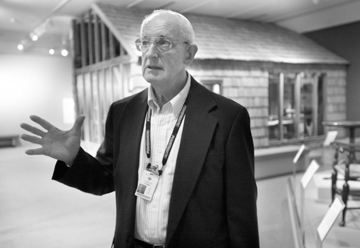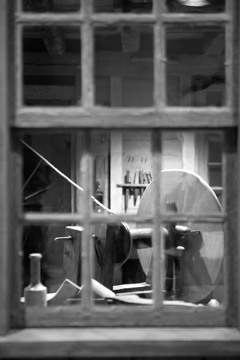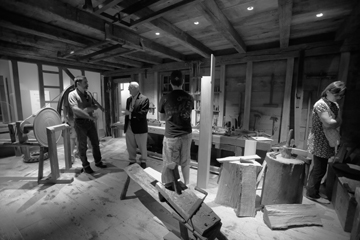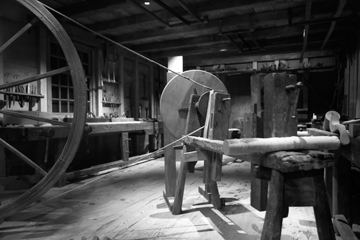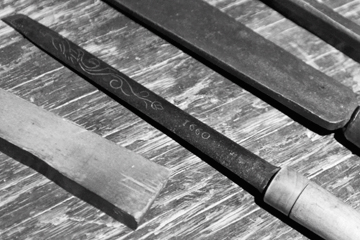There is no doubt that Winterthur is one of the finest and most fascinating collections of American heritage from the 17th, 18th and 19th centuries. If not carefully collected by Henry Francis du Pont, this wonderful collection of Americana may have slipped into forgotten history, or perhaps at best, it would have been scattered into public and private collections throughout the country and the world.
H. F. du Pont and his father, Henry Algernon du Pont, designed Winterthur in the early 1900’s in the spirit of 18th and 19th century European country houses. In 1951, the younger H.F. du Pont realized the dream and founded The Winterthur Museum. With more than 85,000 objects from 1640 through 1860, one can glimpse back into the past and imagine the early beginnings of America through art, craft and design unlike anywhere else.
Today, Winterthur features beautiful gardens, magnificent period rooms, a library, a conservatory and a dedicated staff of professionals that continue Henry Francis du Pont’s dream of preserving this legacy. Charles Hummel is one of those dedicated professionals who bridges the history of Winterthur as a museum, and he gave the ITE residents a private tour with as much passion as the du Ponts had for preserving history.
So, what was the main attraction for a small group of artists working with wood? The Dominy family’s wood working studio from New York – circa 1745. This exhibit features about 1100 tools and templates, along with the original fixtures and benches, which generations of Dominy’s worked with up until about 1940, when the shop was measured by the Historic American Building Survey and afterward preserved at Winterthur. Charles gave us a brief history of the Dominy family’s importance to wood working in early America, as we peered through the preservation glass that enclosed the exhibit. With a knowing smile, he then unlocked the door to the exhibit and we went inside.

Charles Hummel tells us about the Dominy family wood shop. The collection and furniture made by the Dominy's is further explained in his book 'With Hammer in Hand' (1968)
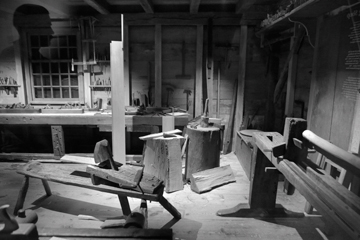
As I took a closer look into the Dominy wood shop, Stefano's silhouette could be seen reflected in the glass.
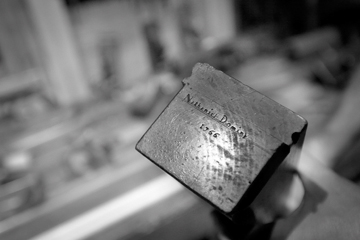
Back in the day, before there was a Home Depot, an artisan made - and signed - their own tools. This plane was inscribed 'Nathaniel Dominy 1766'
